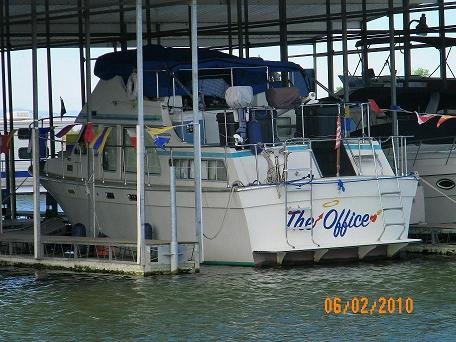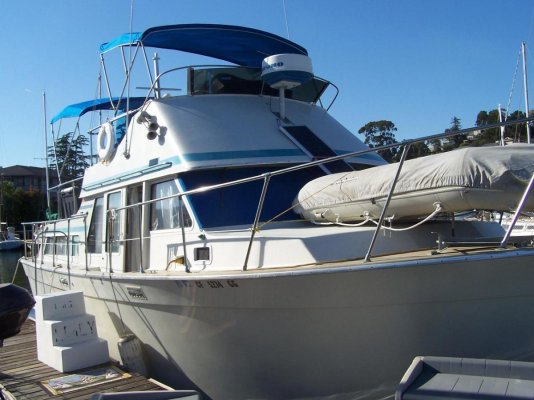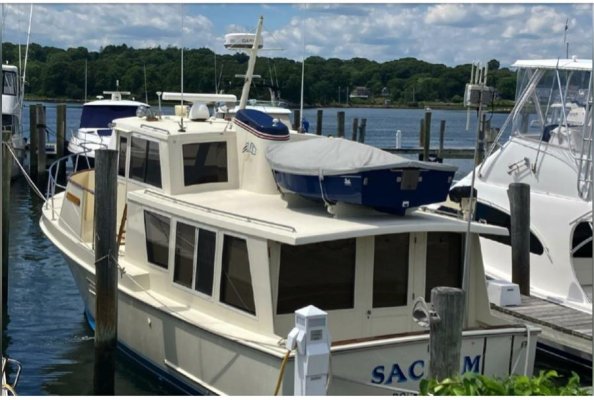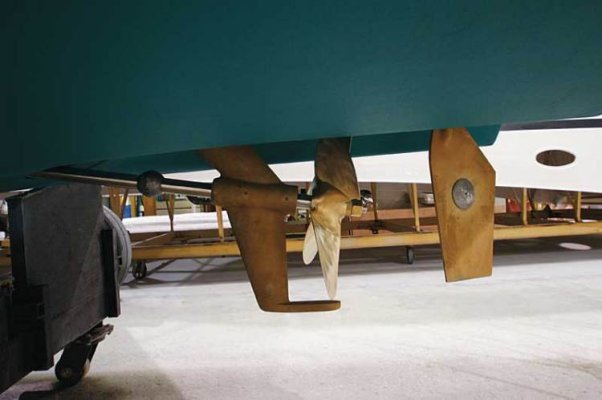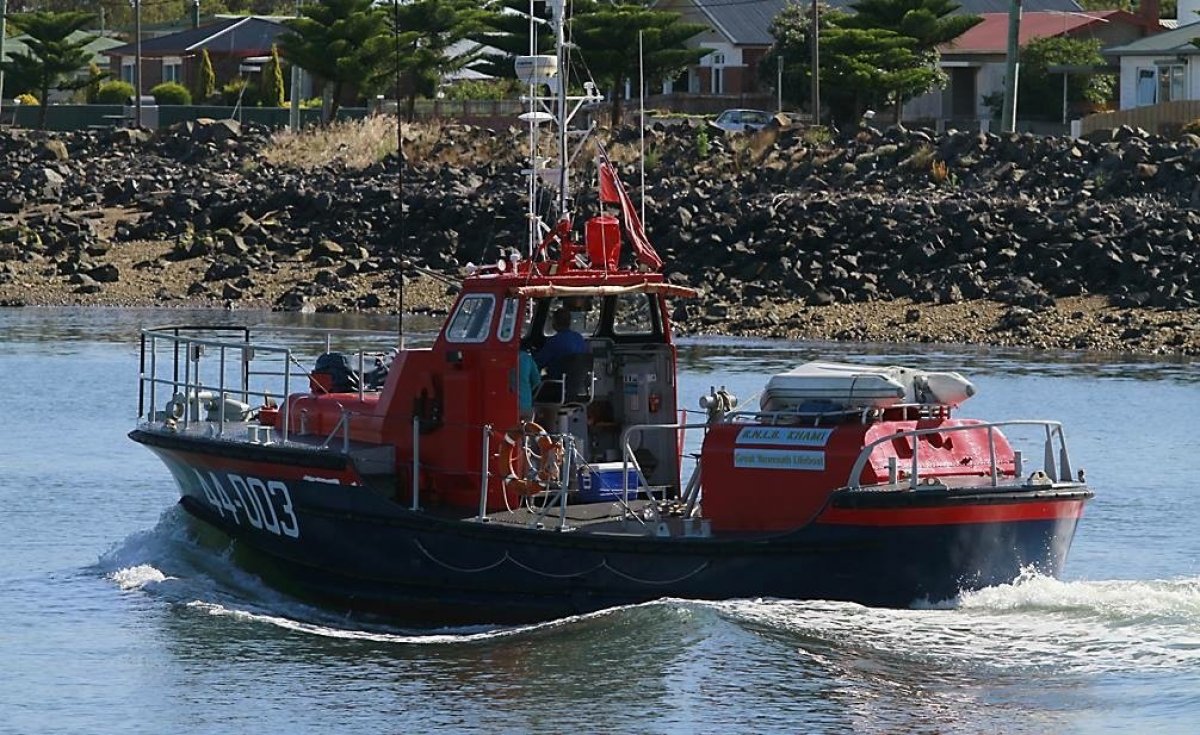Nick14
Guru
My AT has Port and Starboard walk-around about 8 inches wide and no railing.LOL
I would be more than satisfied if the port walk-around was zero, double the width of the starboard walk-around, with railing.
Hey, I cant have have everything on a little bitty 34ft boat even if you call it a 36ft boat.
LOL, you're absolutely right, every boat is a compromise (unless you have Jeff Bezos money and can afford to build something totally custom where cost literally is no object).
I've owned two AT's, a 34 and a 39. I absolutely LOVED them both! They're such well-designed, well-built, seaworthy boats! We had so many wonderful trips in our 34. Even my wife, who doesn't know (or care) much about boats, would always tell me how safe and secure she felt on the 34.
One time we were crossing Delaware Bay in our 34. It was a bit of snotty day, not too bad but 20-25 knot winds and 4+ ft whitecaps. We were humming along at 13-14 knots, totally comfortable, not a concern in the world, my wife happily reading and drinking tea. She laughed and pointed astern. A 45-ish foot sneaker boat of some kind was following in our wake, trying to get a smoother ride because their shallow-V flat-bottom hull was pounding so much in the chop.
I miss them both very much, especially the 39. I think that's the best hull AT ever made. It's the perfect balance of speed, efficiency, and seakeeping abilities.
I looked hard for an AT41, and still kick myself for letting one I saw a couple of years ago slip away (it was early in my search, and I hadn't fully appreciated the 'pandemic market' effects).
The only thing I wish was different about ours was side deck access. I effectively single hand, since the Admiral is nervous about docking maneuvers. Which usually means frantically running back and forth between the helm, forward deck, and cockpit, to handle lines and fend off impending impacts with other boats, invariably with wind and current pushing us towards expensive and/or hard, unforgiving objects. Fore deck access was easy. But I just couldn't get the hang of running through the cabin to get to the cockpit (even though that's what normal people do).
So on our 34, I would pirouette on the side decks, precariously hanging on to the cabin railings, hanging fenders in preparation for docking while the boat pitched and heaved in the waves (some big sportfisherman would always come by and throw a tsunami-sized wake, seemingly just to see if he could catapult me off the boat). My wife was terrified that I'd get thrown off one day and she'd have to recover me (a tenuous proposition given her limited boat handling skills). I never fell off, but came close a couple of times.
On our 39 I thought I'd licked the issue by ordering the boat with side railings. That didn't work as well as I'd hoped. Putting a side railing on a 5" wide deck made negotiating them harder. My size 12 feet would barely fit. The only way I could 'walk' on the side decks was with my feet in line with each other, shuffling along. It wasn't conducive to quickly sprinting down the side deck in a frenzy to fend off, handle a line, or place a fender.
One time, in a windy tense docking situation, I caught my foot in a rail mount and twisted my knee, dislocating it and destroying the meniscus in the process. Arthroscopic surgery subsequently removed half the meniscus. That experience made easy all-around access and full walk-around decks a must-have for me (I can't spare any more meniscus).


